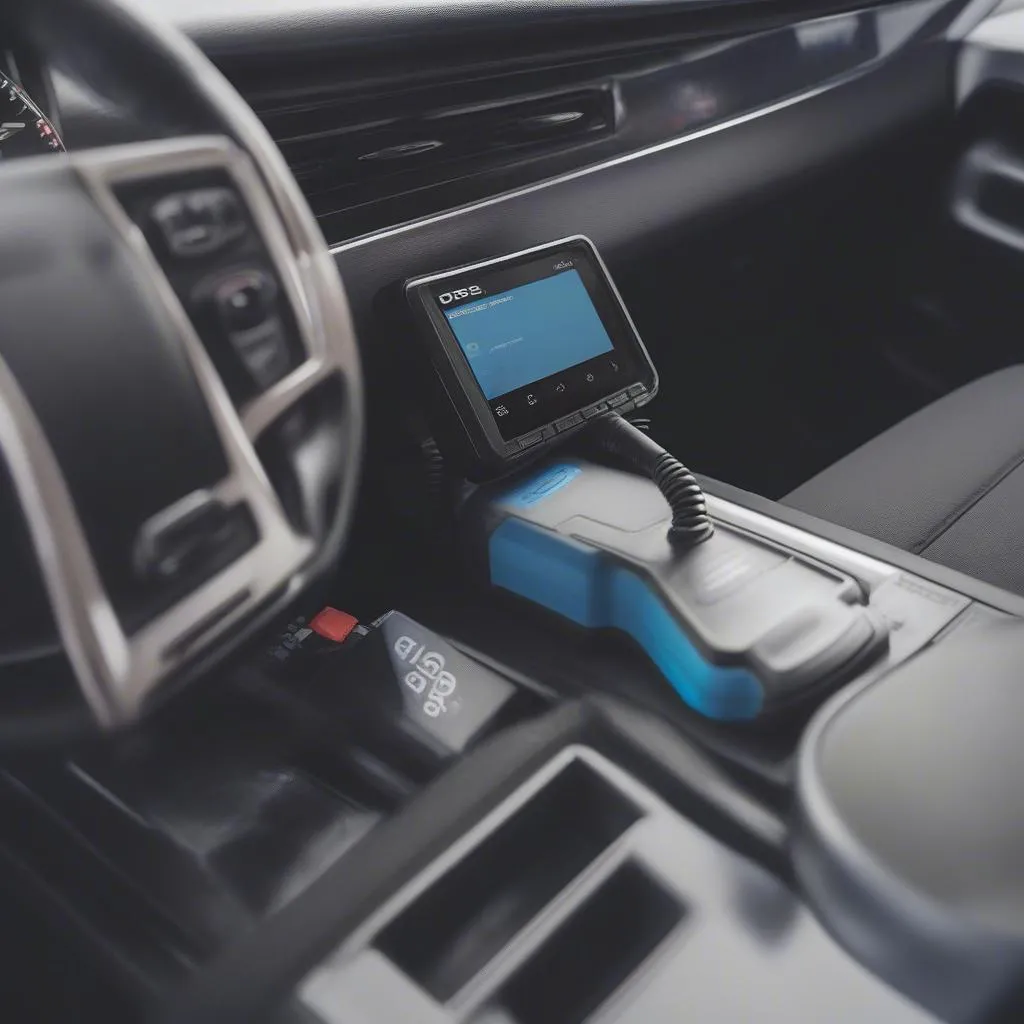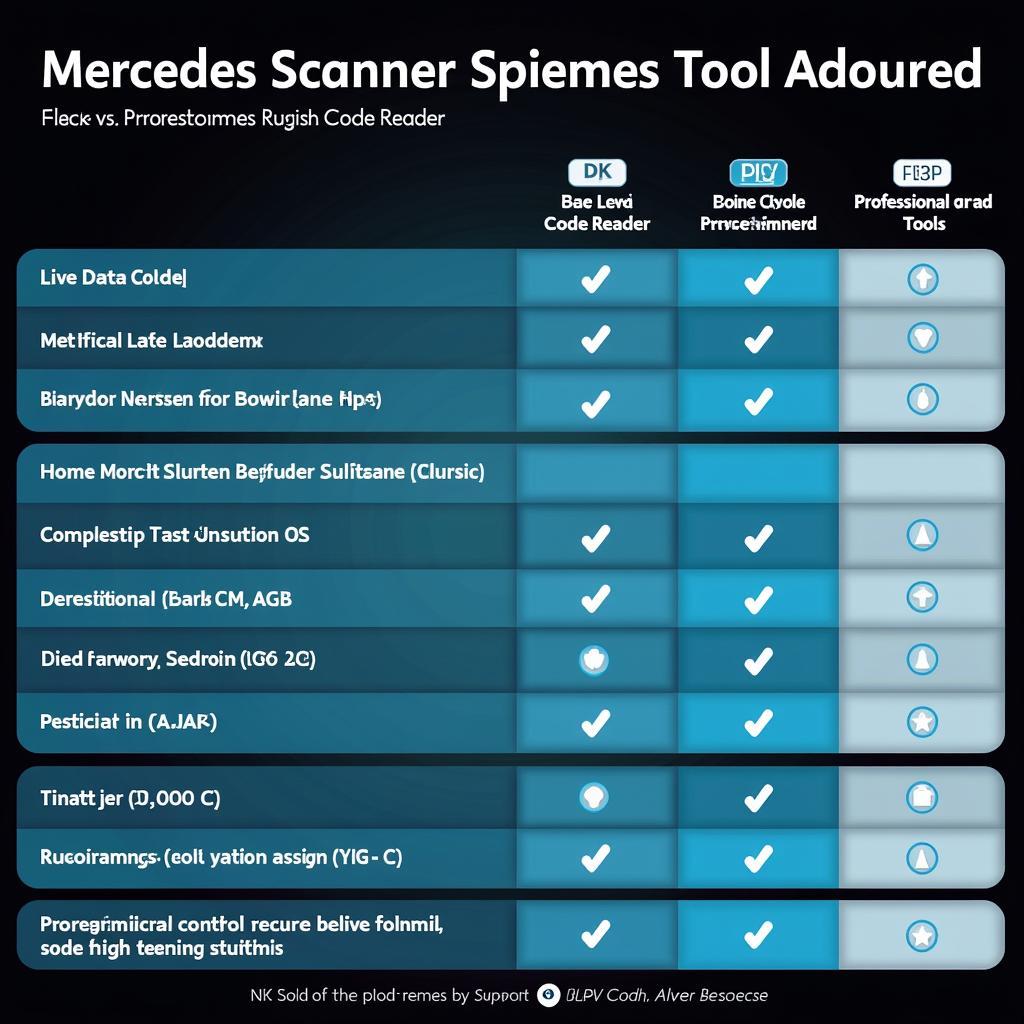Experiencing car trouble is never fun, especially when it comes to iconic brands like Fiat and Mercedes. While these vehicles are known for their style and performance, they can also be prone to specific issues. This article serves as a comprehensive guide to understanding and addressing common problems encountered in Fiat and Mercedes vehicles.
Common Issues in Fiat and Mercedes Vehicles
Before diving into diagnostics and solutions, let’s shed light on some frequently reported issues:
Fiat:
- Electrical Problems: Issues with the electrical system, particularly in areas like lighting and power windows, are commonly reported by Fiat owners.
- Engine Issues: Some models experience problems related to engine performance, often manifested as rough idling or decreased fuel efficiency.
Mercedes:
- Air Suspension Faults: Known for their luxurious ride, certain Mercedes models, particularly those equipped with air suspension systems, might present errors related to suspension height or compressor malfunctions.
- Sensor Problems: Modern Mercedes vehicles rely heavily on sensors for various functions. Malfunctioning sensors, like those for oxygen levels or tire pressure, can trigger warning lights and potentially impact vehicle performance.
Recognizing the Signs of Trouble
Identifying the symptoms is the first step towards a solution:
Electrical Problems:
- Dimming or flickering lights
- Windows rolling up or down slowly
- Malfunctioning dashboard indicators
Engine Problems:
- Rough idling or stalling
- Reduced fuel efficiency
- Unusual engine noises
Air Suspension Faults:
- Uneven vehicle height
- Warning messages related to suspension on the dashboard
- Compressor running continuously
Sensor Problems:
- Illuminated warning lights (check engine, tire pressure, etc.)
- Inconsistent readings from gauges
- Reduced engine performance
 Fiat Engine Warning Light
Fiat Engine Warning Light
Essential Tools for Diagnostics
Having the right tools can make a significant difference in identifying the root cause:
- OBD-II Scanner: An essential tool for reading diagnostic trouble codes (DTCs) stored in your car’s computer. These codes provide valuable insights into the nature of the problem.
- Digital Multimeter: Useful for testing electrical components like batteries, fuses, and wiring.
- Manufacturer-Specific Software: Tools like Cardiagtech offer advanced diagnostics and access to manufacturer-specific data, which can be incredibly beneficial for complex issues.
 OBD Scanner Connected to Car
OBD Scanner Connected to Car
Troubleshooting and Repair
While some repairs might require professional assistance, here’s a general approach:
- Read Diagnostic Trouble Codes: Connect your OBD-II scanner to retrieve any stored DTCs. Note down the codes for reference.
- Research the Codes: Online resources and manufacturer-specific databases can help you understand what each code signifies.
- Visual Inspection: Check for any visible signs of damage or loose connections in the affected area. For example, if you suspect an electrical issue, inspect the wiring and fuses.
- Component Testing: Use a multimeter to test the functionality of suspect components, such as sensors or actuators.
- Repair or Replace: Depending on the diagnosis, you may need to repair or replace faulty components. This could involve tasks like replacing a faulty sensor, fixing a wiring issue, or addressing a mechanical problem.
Remember: Complex issues might necessitate the expertise of a qualified mechanic, especially those requiring specialized knowledge or tools.
FAQs: Addressing Common Concerns
Q: What does the “Check Engine” light mean in my Fiat?
A: The “Check Engine” light is a general warning that could indicate a range of issues, from minor problems like a loose gas cap to more serious engine problems. It’s crucial to get your vehicle scanned with an OBD-II scanner to determine the specific cause.
Q: Why is my Mercedes air suspension sagging?
A: Sagging air suspension could be due to a leak in the air springs, a faulty compressor, or issues with the related sensors or control modules.
Q: Can I use any OBD-II scanner for my Mercedes?
A: While generic OBD-II scanners can read basic codes, investing in a scanner compatible with Mercedes-Benz vehicles or utilizing professional-grade software like CARDIAGTECH can provide more comprehensive diagnostics and access to manufacturer-specific information.
Pro Tip from automotive expert, Dr. Emily Carter, author of “Modern Automotive Diagnostics,”: “Always start with a visual inspection before diving into complex diagnostics. A simple loose connection or visible damage could save you time and effort.”
Conclusion
Addressing car problems can be daunting, but a methodical approach combined with the right tools and information can simplify the process. Remember to prioritize safety and seek professional assistance for complex repairs. Whether you drive a Fiat or a Mercedes, understanding common issues and embracing preventative maintenance can go a long way in ensuring a smooth and enjoyable driving experience.

